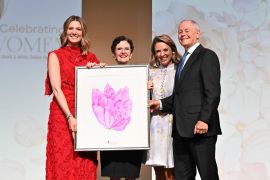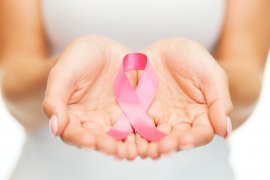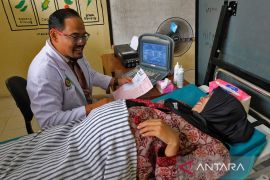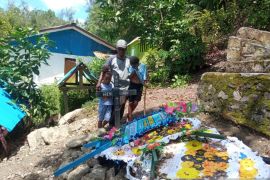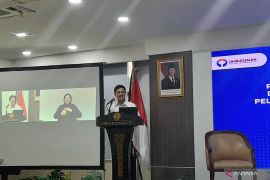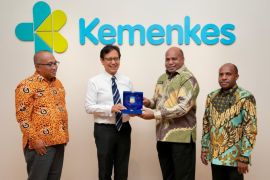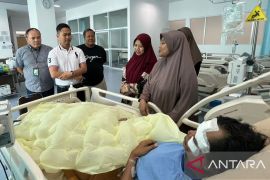"Health promotion and early detection are key for reducing the incidence and mortality due to breast cancer, as breast (cancer) can be detected at an early stage. By avoiding risks and undergoing early detection, life expectancy and quality will improve,” director of prevention and control of non-communicable diseases at the ministry, Eva Susanti, explained at an online health event here on Thursday.
According to her, early detection of breast cancer can be done through a breast self-examination (Sadari) or a breast clinical exam (Sadanis) with the assistance of health workers.
She pointed out that 60–70 percent of breast cancer patients in Indonesia are diagnosed when the disease has already entered an advanced stage.
Related news: First Lady reviews early cervical cancer screening service
"This causes the quality of life and survival to be low and the financing burden is very large," she noted.
Breast cancer is the cancer with the most sufferers in the world, including in Indonesia, she said. As per records, as many as 2.3 million women across the world were diagnosed with breast cancer and 685 thousand died of the disease in 2020.
In Indonesia alone, she revealed, the number of new cases of breast cancer in 2020 reached 65,858, or 16.6 percent of the total 396,914 cancer cases, with the total number of deaths recorded at 22,430.
Meanwhile, head of the Sub-Directorate of Cancer and Blood Disorders at the ministry, Aldrin Neilwan Panca Putra, said that to reduce and prevent breast cancer cases from being detected at an advanced stage, messages regarding risk factors must continue to be promoted.
"The goal is to raise public awareness to prevent (cancer) and carry out the habit of doing early detection regularly," he explained.
Related news: Ministry pushes equal distribution of referral health services
Translator: Suci N, Kenzu T
Editor: Rahmad Nasution
Copyright © ANTARA 2022

